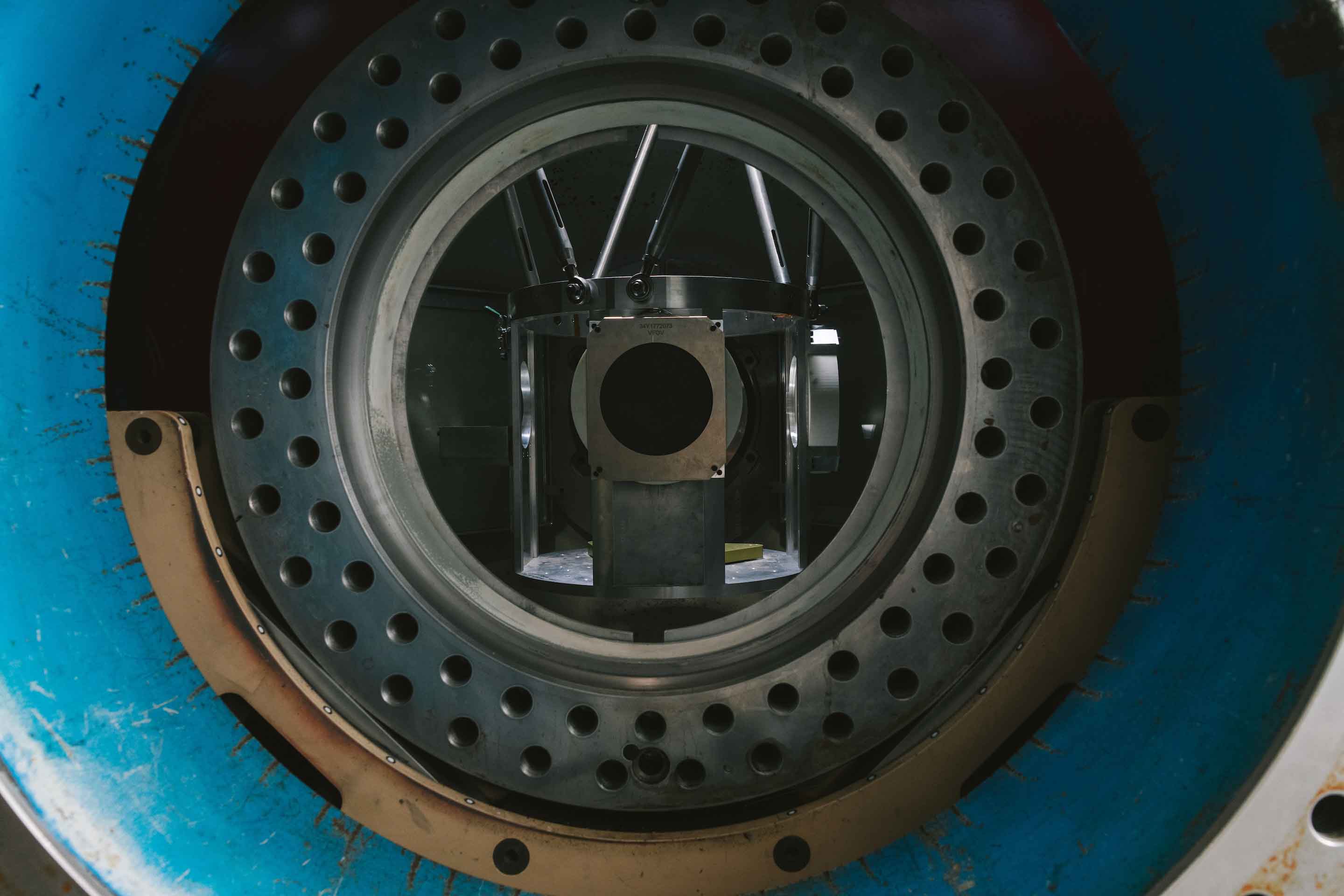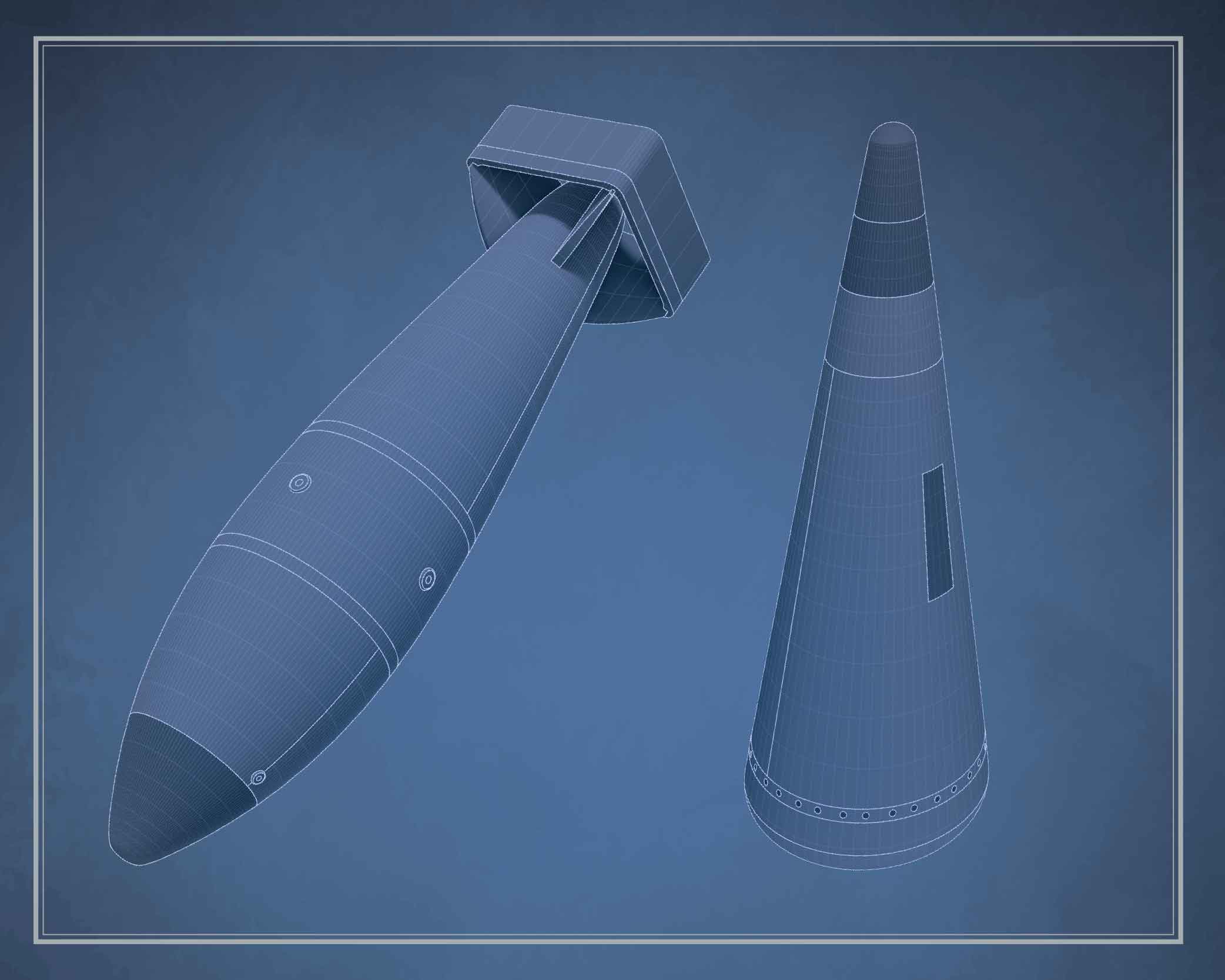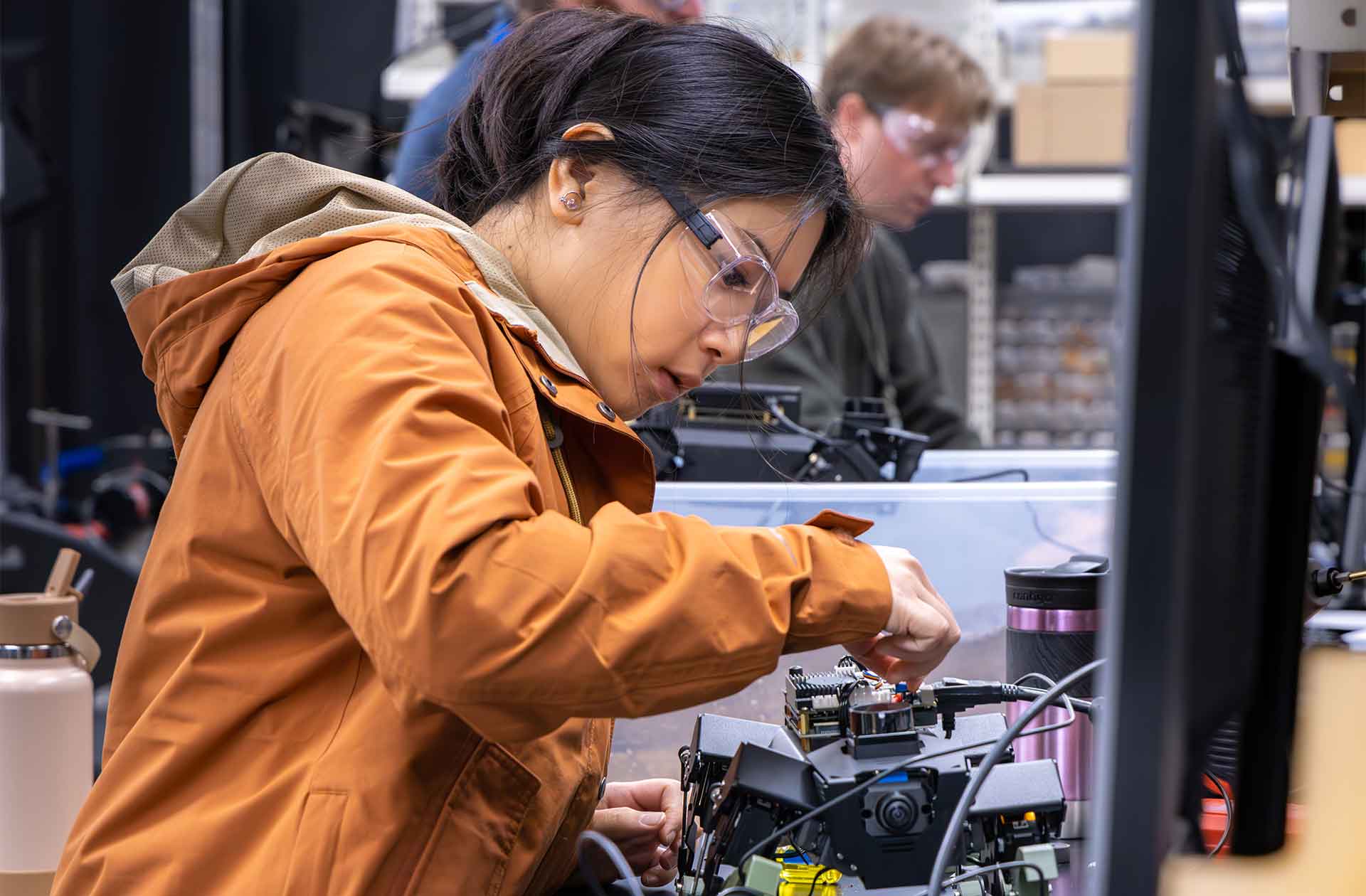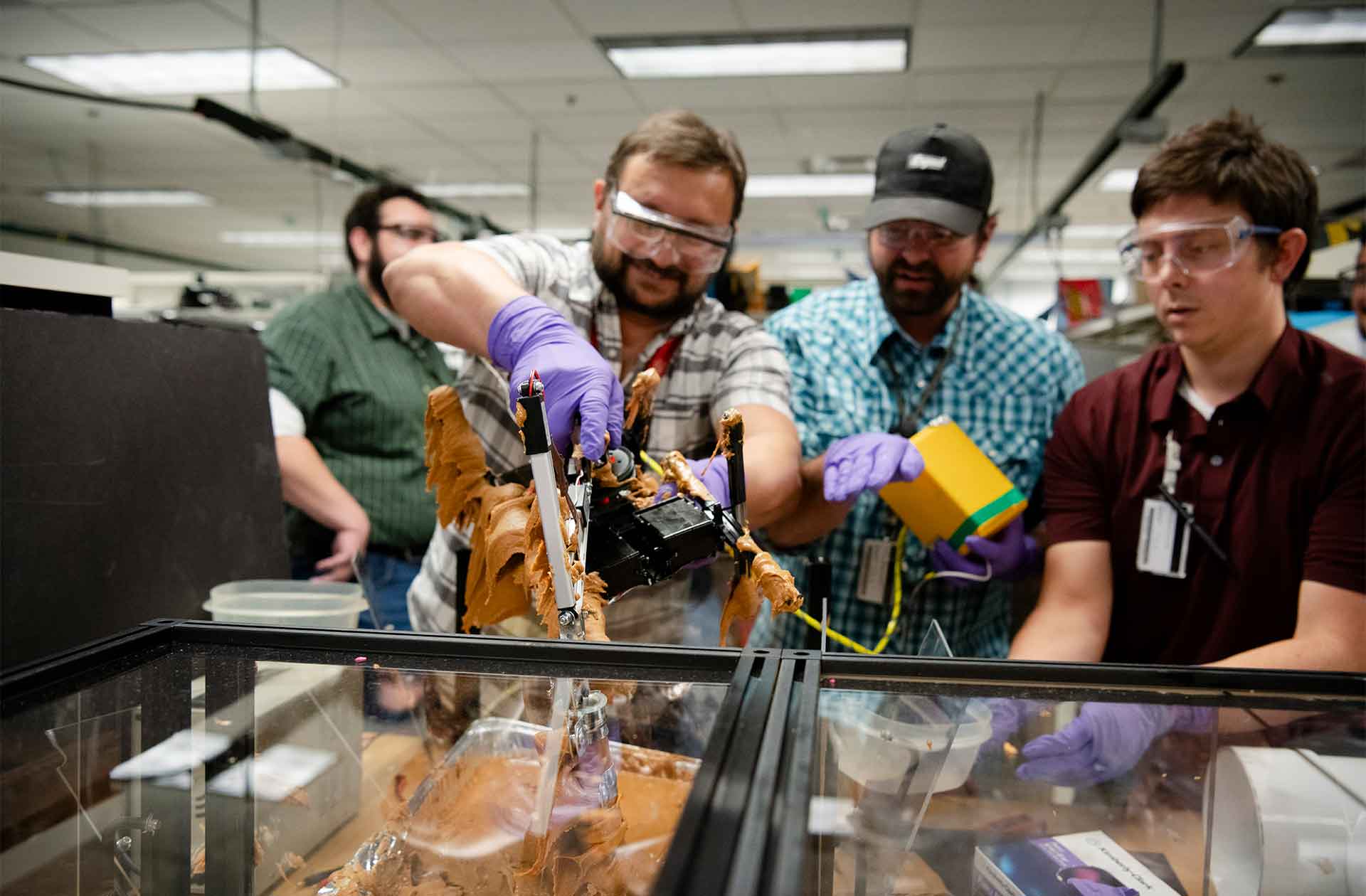Betrayal, treason, lies, and spies
A new documentary tells the story of World War II espionage at Los Alamos.
- Jill Gibson, Communications specialist

On August 29, 1949, the Soviet Union shocked the world by detonating Joe-1, a device similar to the Fat Man atomic bomb that the United States developed and released over Nagasaki, Japan, four years earlier. Despite the secrecy and security enshrouding the Los Alamos wartime creation, counterintelligence efforts confirmed that three spies—physicists Klaus Fuchs and Theodore Hall and Army machinist David Greenglass—enabled the Soviet success. Decades later, in 2019, declassified materials revealed the contributions of a fourth spy, Army technician Oscar Seborer.
Fuchs, Hall, Greenglass, and Seborer are the subjects of a forthcoming documentary by the National Security Research Center (NSRC) at Los Alamos National Laboratory—formerly Project Y of the Manhattan Project, where all four men were employed.
Secrets in the Shadows: The Project Y Spies features never-before-shared historic materials from the NSRC collections, interviews with subject matter experts, and new insights on the relevance of this history for the Lab’s mission today.
NSRC Director Brye Steeves says the documentary reflects the NSRC’s role in both preserving and disseminating history in support of national security. “Understanding past successes and failures related to espionage informs the evolution of our country’s counterintelligence work,” she explains. “Be it understanding mitigation and discovery of the era or gaining insight into the human psychology of motivation and betrayal, the history of espionage helps address the complexities of this facet of national security.”
Over the decades, many authors and filmmakers have attempted to tell the story of World War II–era espionage, but, according to Senior Lab Historian Alan Carr, Los Alamos is uniquely positioned to share this information. In producing the hour-long video, Carr and Lab filmmaker Dave Tietmeyer recorded interviews with numerous experts to provide a compelling and historically accurate documentary.
“Everyone loves a spy story, but these spy stories really happened and had deadly consequences,” Carr says. “The archival film clips and interview segments put the spies’ actions in context, showing the consequences and explaining the importance of combating espionage today.”
Steeves says the documentary doesn’t disappoint. “These are fascinating anecdotes of motivation, narcissism, and betrayal—all preserved in the collections of the NSRC.” ★
Article by Jill Gibson, National Security Science magazine writer








